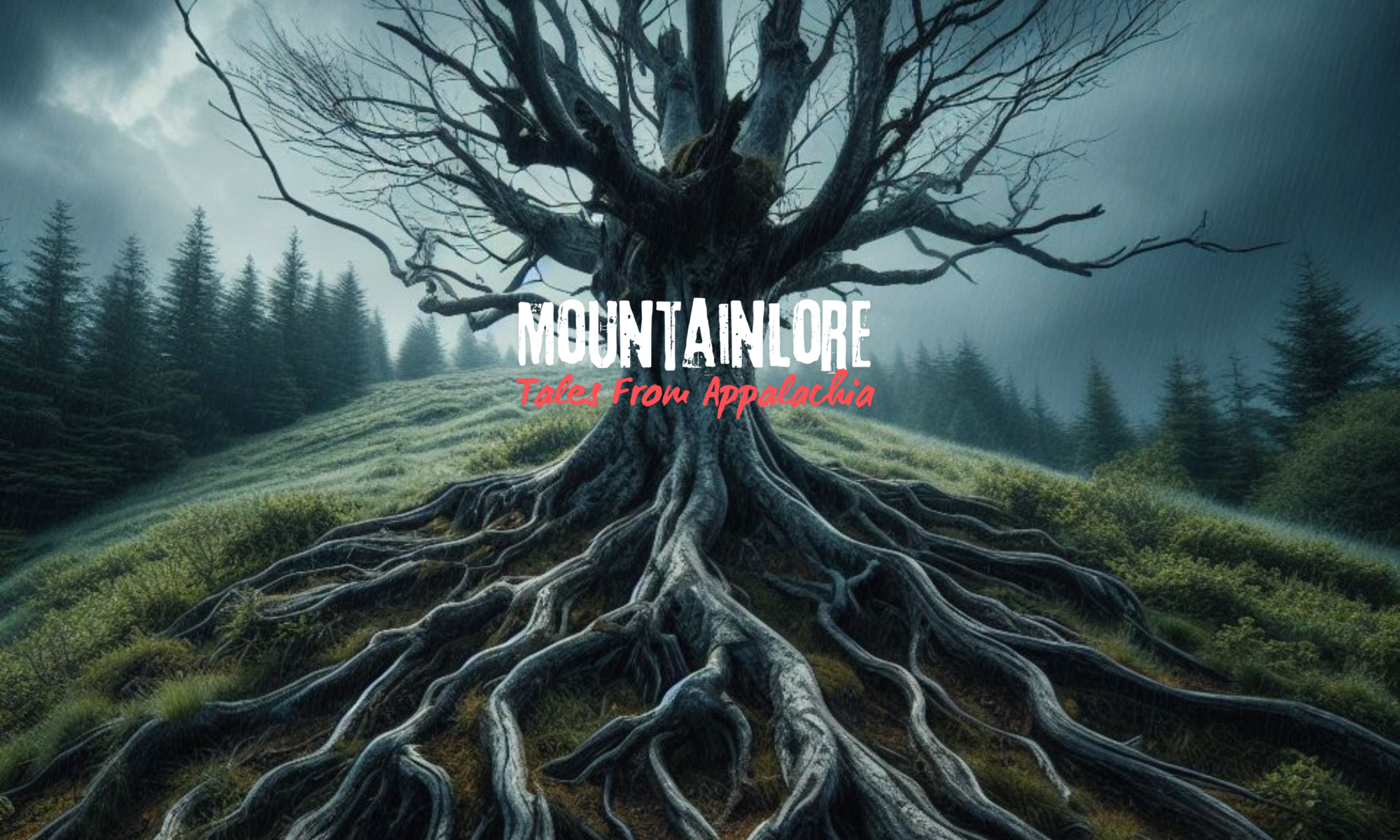
Belief in fairies, or “Fair Folk” as they’re sometimes called, is an Appalachian tradition that springs from two roots: the old Scots and Scots-Irish tales and those tales told by the Cherokee and other tribes that lived in these mountains.
The Cherokee believed in beings called the “Little People” or “Yunwi Tsunsdi” and the spirit people known as the Nunnehi. The traditions told about these groups mingled with the European stories of fairies, leprechauns, and others brought here by the pioneers.
It’s said, for example, that the Fair Folk had powers beyond those of mortal men. And if a human man or woman married one of those Fair Folk their hybrid children would often become seers or healers. Fairies were also blamed or thanked for the results of hunts, depending on whether the hunt when well or not.
There are also several sayings that come from belief in fairies in Appalachia:
If you’re outside in the woods you can figure out if fairies have been out and about, partying and having a good time. Just look for a circle of mushrooms, a sign that the Fair Folk have been dancing in a circle.
Now, having found that magic fairy toadstool circle, you need to stand in the middle of it. If you do, then any wish you make will come true.
If you happen to have a fire going while you’re reading this, take a look at the fire. If any of the logs in that fire are burning with a blue flame, then you are being watched over by good fairies.
At the end of a long day, when it gets dark, make sure you don’t throw anything out, like sweepings or water. If you do you might accidentally hit one of the little people and piss them off. And you REALLY don’t want to know what a pissed-off fairy can do to you…
And if you are in a crowded room and things get quiet as a morgue at 20 til or 20 after the hour you’ll be glad to know that even if the party is dying at least angels came through the room.
Speaking of the little people and spirit folk, be listening to the MountainLore podcast over the next few weeks as we’re going to be telling a tale about the Nunnehi!



